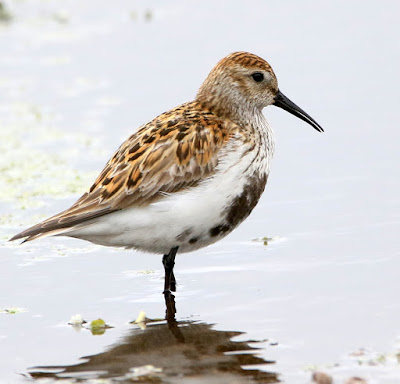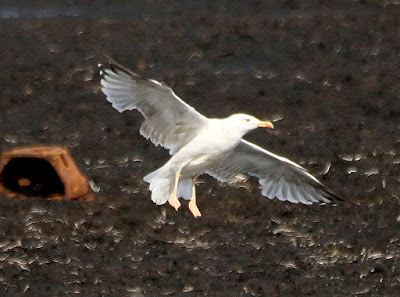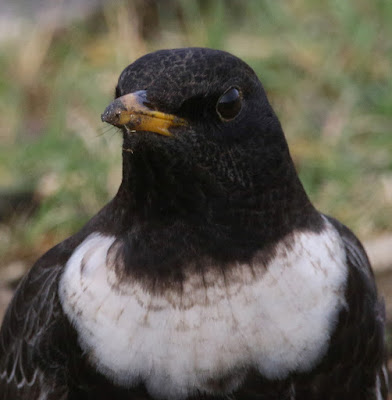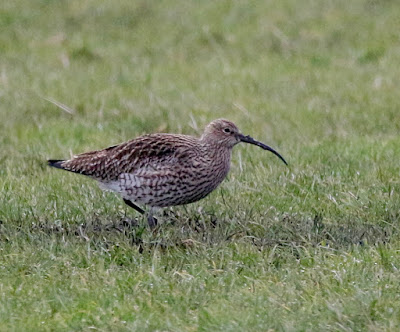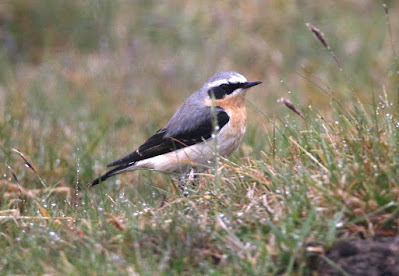With a ton of snow making roads impassable as well as dense fog it makes my yesterdays blog statement null and void when I said, after a poor day birding, that February could only get better.
At least it gave me chance to catch up to a few pending jobs, once the snow shoveling was done, and hopefully the rain through the night will do a good job of clearing the snow.
Not to dwell on the bad weather ,I,ve put some images together from Fly Flatts in the spring and summer of last year, to brighten up your day, knowing whats around the corner to look forward to.
Dunlins build up to good numbers with 40 + present some years
A regular breeder, Common Sandpiper
Dunlin can be very confiding
Swifts are only short stayers, April till early Sept.
One of my favourites, Yellow Legged Herring gull, left.
Prime months, June, July, Aug. though winter birds can turn up.
Unusual bird for Fly Flatts, Willow Warbler. Turn up on passage
A welcome rare visitor, Sanderling.
Common Scoter was in short supply last year
Ringed Plover bred for the first time last year
2 Little Egrets dropped in briefly. A 1st for this site
juv Wheatear
A cracking spring for Ring Ouzel
5 present throughout March
Very vocal Redshank arriving in March
1 of 2 juv Ringed Plover bred at Fly Flatts.
A very hard time for them with Peregrine and gulls but survived.
Adult male Ringed Plover.
Sound of the uplands, Curlew, arriving early Feb on.
Squabbling Grey Wagtails.
One bird submitted and left the area
Snipe up drumming in flight and 'chipping from a post'.
Oystercatchers due back imminent
Greylags breed well along with Canadas.
Golden Plover can always be heard on the moor.
Redshank chick
Lapwing chick
Ringed Plover and Dunlin
A scarce but annual visitor, Greenland Wheatear.
Of course there are many many more species to look forward to between spring and autumn so hang on in there, better times are coming.
BS





